The Land Of China -- Explore by Province
Zhejiang
The province of Zhejiang is situated in on the south-east coastal line of China, covering an area of 101,800 square kilometers with a humid monsoonal climate in the subtropical zone. Its population is 43,640,000 and contains 11 cities and districts, 41 counties, 23 cities at the county level, and 23 towns at the county level, and its capital is based in Hangzhou.
Zhejiang is one of most developed tourist areas in China due to its rich resources of famous mountains, rivers, and cultural relics. The famous mountains here include: Putuo Mountain - one of the " Four Most Famous Buddhist Mountains" in China;
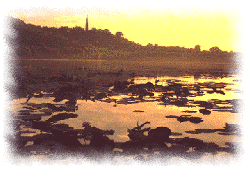 Zhejiang
Zhejiang
|
Mogao Mountain - reputed as " The Cool World"-- one of the four largest summer resort mountains; and Yandang Mountain - a treasure house of animals and plants. Its beautiful lakes include the West Lake in Hangzhou, the East Lake in Shaoxing, the Dongqian Lake in Qinxian County, and the Qiandao Lake, an outstanding man-made lake. Other attractions include the karst landscape in the mound area, the Three Caves in Jinhua City, Yaolin Fairyland in Tonglu, the historical remains in Hemudu and in Liangzhu, the Lanting Pavilion, the Tianyige Tower, and the Wenlan Tower on West Lake. People can also visit some museums with unique characteristics, namely: the Zhejiang Museum, the Zhejiang Museum of Natural History, the China Tea Museum, the China Silk Museum, the Guanyao Museum of the Southern Song Dynasty, and the Chinese Medicine Museum of Huqingyutang. Hangzhou, known as "the Paradise on Earth", is the tourist centre of the province.
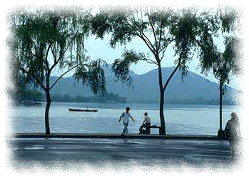 West Lake
West Lake
|
West Lake is one of the ten best scenic spots in China lying to the west of the ancient capital Hangzhou. It covers an area of 5.6 square kilometers and has a circumference of 15 kilometers. Emerald hills embrace the picturesque lake on three sides, and the city stands to the east side. In the lake are Gushan (the Solitary Hill) and a rich collection of cultural relics, the best place for viewing the lake scenery; the Bai Causeway named after Tang Dynasty poet Bai Juyi [1772-8461]); the Su Causeway (named after Song Dynasty poet Su Dongpo [11037- 11011]); Xiaoyin Zhou (Small Fairy Islafid); Huxin Ting (Mid-Lake Pavilion) Island; and Rangong Dun (a mound named after provincial governor Rangong). Around the lake are famous cultural relics and scenic spots shrouded in luxuriant vegetation.
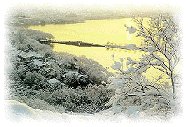 West Lake in the Winter
West Lake in the Winter
|
The Moon Reflected in Three Ponds is a unique aspect of the West Lake. In the lake are islands, and on the islands are lakes. The three stone towers here were first built in Yuanyou in the fourth year (1089) of the Song Dynasty. With the wonderful scenery of one moon in the sky having three reflection in the lake, it is one of the wonderful scenes of the West lake.
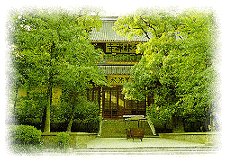 the Lingyin Temple
the Lingyin Temple
|
The Lingyin Temple (Soul's Retreat Temple) is one of the best-known Buddhist monasteries in China after it was built in 326 at the foot of Lingyin Mountain. The main hall, 33.6 meters high, is one of the highest one-story buildings with double eaves in the country. A statue of Sakyamuni in the hall is 19.6 meters tall and is carved out of 24 pieces of camphor wood. In front of the hall are two stone pagodas that were built in 960 during the Song Dynasty. With magnificent mountains and soaring trees around the monastry, it is a beautiful scenic spot with numerous cultural relics to see.
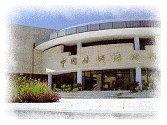 the China Silk Museum
the China Silk Museum
|
The China Silk Museum is a nationally specialized museum standing by the West Lake, covering an area of 10,000 square meters. The museum includes the Front Hall, the Silk Worm Hall, the Filature Hall, the Weaving Hall, the Printing and Dyeing Hall, and the Comprehensive Hall. The museum covers the 5,000-year-old history of silk production in China. Also within the museum are places for business talks and fashion shows as well as a shopping arcade.
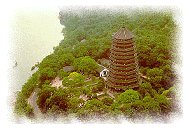 the Liuhe Pagoda
the Liuhe Pagoda
|
The Liuhe Pagoda (Pagoda of Six Harmonies) is a famous octagonal pagoda built in 970 standing high on the Yuelun Mountain by the Qiantang River. The brick and wood structure is a masterpiece of traditional Chinese architecture with a height of 59.9 meters and seven floors total. A stone staircase leads to the top where one can enjoy the beauty of the Qiantang River.
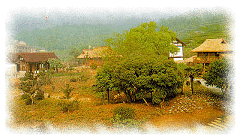 the China Tea Museum
the China Tea Museum
|
The China Tea Museum was built in 1986 and occupies an area of 3,100 square meters in the Dragon Well Village south of the West Lake. It is composed of four groups of buildings that feature tea-growing areas south of the Yangtze River and five halls of tea history that contain the best tea varieties, tea utensils, tea affairs, and tea customs. Tourists may find tea-picking fun here and can enjoy various arts of tea making.
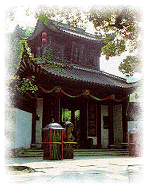 the Yellow Dragon Cave
the Yellow Dragon Cave
|
The Yellow Dragon Cave was built in 1985 in the Huangiong Cave at the northern part of Qixia Hill. It is a simple and elegant park imitating that of the Song Dynasty (960-1279). Here there are luxuriant bamboo groves, tea houses, and public houses, all in the style of the Song Dynasty. Performers, sales clerks, waiters, and waitresses all wear costumes of the Song Dynasty as well. Tourists may enjoy the ancient songs and dances of Yue opera and folk music.
The Qiantang River is 410 km in length and is the longest river in the province of Zhejiang. Its soaring tides are a marvellous spectacle under heaven and only it is believed that only the Amazon River's surging tide can rival it.
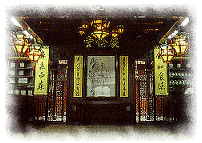 the Huqingyu Tang
the Huqingyu Tang
Chinese Medicine Museum
|
The Huqingyu Tang Chinese Medicine Museum is the only Chinese herbal medicine museum in China. It is housed in ancient buildings of the famous Hangzhou Chinese herbal medicine shop. It is a historical relic and is under state protection. The exhibition halls introduce the origins, development, and applications of traditional Chinese medicine as well as its role in the world history of medicine. Samples of the herbal plants and a hand processing workshop are also on display. The museum also includes a clinic and a restaurant for Chinese herbal medicine food.
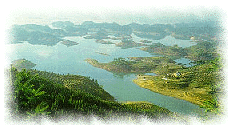 Qiandao Lake
Qiandao Lake
|
The Qiandao Lake is an huge reservoir covering an area of 580 square kilometers. It is situated on the upper reaches of the Xin'an River, 160 kilometers from Hangzhou and the Yellow Mountains. There are 1,078 islets in the lake, which is why the lake is also known as the "Thousand Islets Lake". The limpid lake is embraced by hills with green trees and includes scores of scenic spots: the Huihua Isle, the Mishan Isle, Fengping Hill, Bijia Hill, and the Lesser Stone Forest.
The Tianyi Ge Tower was built in 1561-1566 and is located in the western part of Ningbo. It has a collection of more than 300,000 books including 80,000 rare ones, precious for the study of Chinese history. The Tianyi Ge Tower is also famous for its succinct design, beautiful garden, and quiet environment.
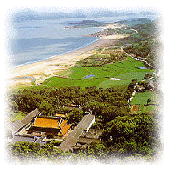 Mount Putuo
Mount Putuo
|
Mount Putuo is a national park of China and is one of China's four most famous Buddist mountains. It is located on the sea to the southeast of the Zhoushan Islands and covers an area of 12.8 square kilometers. It is the place where Guanyin (a Bodhisattva) performed many Buddhist rites. There are numerous historical relics found on this beautiful mountain. The buildings of the three temples of Puji, Fayu, and Huiji are in the typical style of the early Qing Dynasty about 300 years ago. Passenger ships can reach Putuo directly.



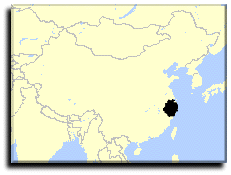















 Chinese Culture
Chinese Culture